Dirección
304 North Cardinal St.
Dorchester Center, MA 02124
Horas laborales
Lunes a viernes: 7:00 a. M. - 7:00 p. M.
Fin de semana: 10 a. M. - 5 p. M.
¡Bienvenido a mi blog!
Antes de profundizar en el contenido, si está interesado en nuestros productos o tiene alguna pregunta, no dude en visitar nuestra Contáctenos Página del sitio web. Nuestro equipo está listo para atenderle con consultas, pedidos o cualquier asistencia que necesite.
Ahora, comencemos nuestro viaje juntos. Espero que el contenido aquí les resulte interesante, interesante y valioso.
En el intrincado mundo de los entornos quirúrgicos, donde la precisión y la comodidad del paciente se entrelazan a la perfección, el tamaño de la mesa de operaciones surge como una consideración fundamental. Más allá de sus dimensiones físicas, el tamaño de la mesa de operaciones tiene profundas implicaciones para el éxito del procedimiento y el bienestar del paciente. A medida que los centros de atención médica se esfuerzan por optimizar su eficiencia operativa y elevar el nivel de atención, comprender los matices del tamaño de la mesa de operaciones se vuelve primordial. Únase a nosotros mientras profundizamos en las complejidades de este componente esencial en el ámbito quirúrgico y descubrimos su importancia para mejorar los resultados de los pacientes y la eficacia del procedimiento.

Las mesas de operaciones vienen en varios tamaños, generalmente clasificadas según la capacidad de peso que pueden soportar. El tamaño de la mesa es crucial para la comodidad del paciente, la seguridad y la accesibilidad del equipo quirúrgico. Es esencial contar con mesas que puedan acomodar una variedad de tamaños de pacientes para garantizar que cada individuo reciba la mejor atención posible.
| Característica | Mesa de operaciones estándar | Mesa de operaciones bariátrica | Mesa de operaciones especializada |
|---|---|---|---|
| Capacidad de peso | Hasta 500 libras | 500-1000 libras | Varía |
| Tamaño del paciente | Promedio a grande | Obeso | Depende de la especialidad |
| Procedimientos quirúrgicos | Cirugías generales | Cirugías generales | Procedimientos específicos |
| Características especiales | Ajustes básicos | Marco reforzado, más ancho | Ajustes específicos |
| área de superficie | para el procedimiento |


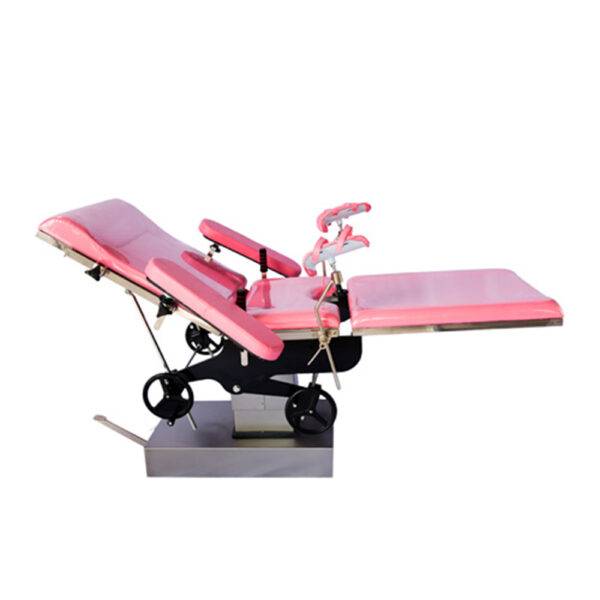
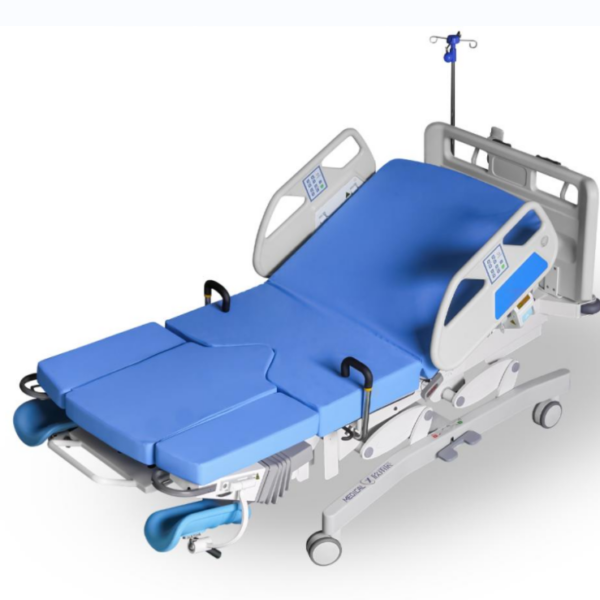
-600x600.jpg)

.jpg)
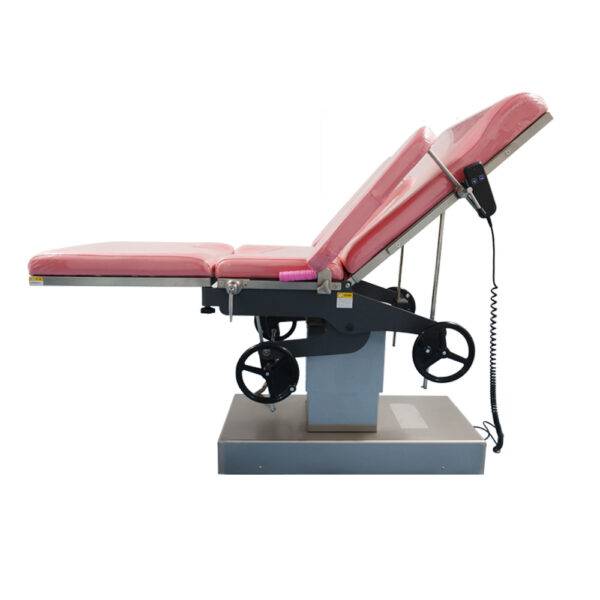
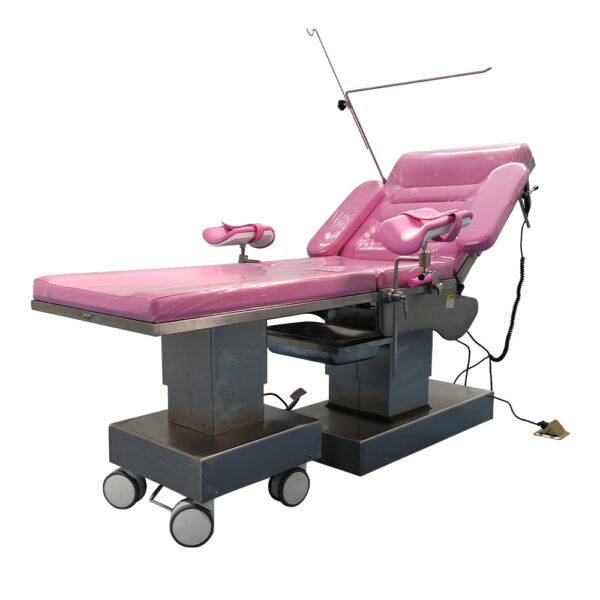
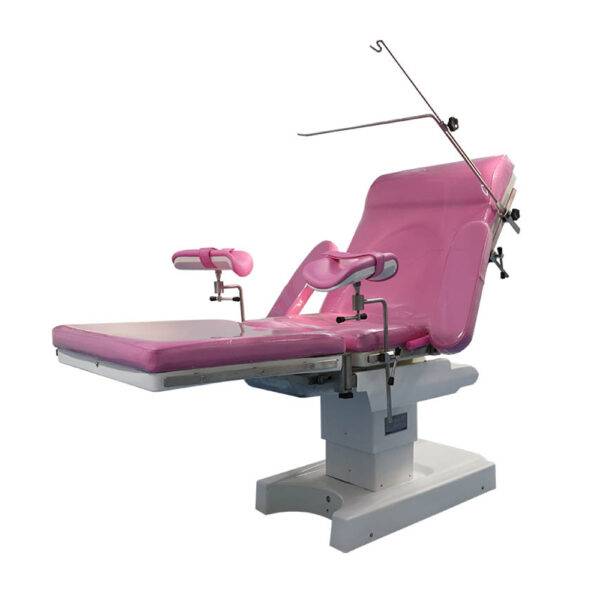
ventajas:
Desventajas:
ventajas:
Desventajas:
ventajas:
Desventajas:
Choosing the right size of the mesa de operaciones is a multifaceted decision that requires careful consideration of patient needs, surgical requirements, surgeon preferences, and available space. By following a systematic approach and understanding the advantages and disadvantages of different table sizes, healthcare facilities can ensure they provide the highest standard of care. The right operating table can enhance surgical outcomes, improve patient safety, and increase the efficiency of the operating room.
¿Cuál es el tamaño más común de una mesa de operaciones?
El tamaño más común está diseñado para acomodar a un paciente adulto promedio, generalmente con una capacidad de peso de hasta 500 libras.
¿Todos los quirófanos necesitan una mesa bariátrica?
Si bien no todos los quirófanos requieren una mesa bariátrica, los hospitales que atienden a una población con una mayor prevalencia de obesidad pueden beneficiarse de tener una disponible.
Can an mesa de operaciones be too small for a patient?
Sí, una mesa de operaciones demasiado pequeña puede generar incomodidad para el paciente, mayor riesgo de caídas y acceso restringido para el equipo quirúrgico, lo que puede comprometer la seguridad y la eficiencia.
¿Existe alguna normativa que rija el tamaño de las mesas de operaciones?
No existen regulaciones específicas para el tamaño de las mesas de operaciones, pero sí estándares para su diseño y funcionalidad para garantizar la seguridad del paciente y la eficiencia del procedimiento.
¿Con qué frecuencia se deben reemplazar las mesas de operaciones?
Las mesas de operaciones deben reemplazarse según el desgaste, los avances tecnológicos y los cambios en la demografía de la población de pacientes que pueden requerir diferentes tamaños o características de mesa.
